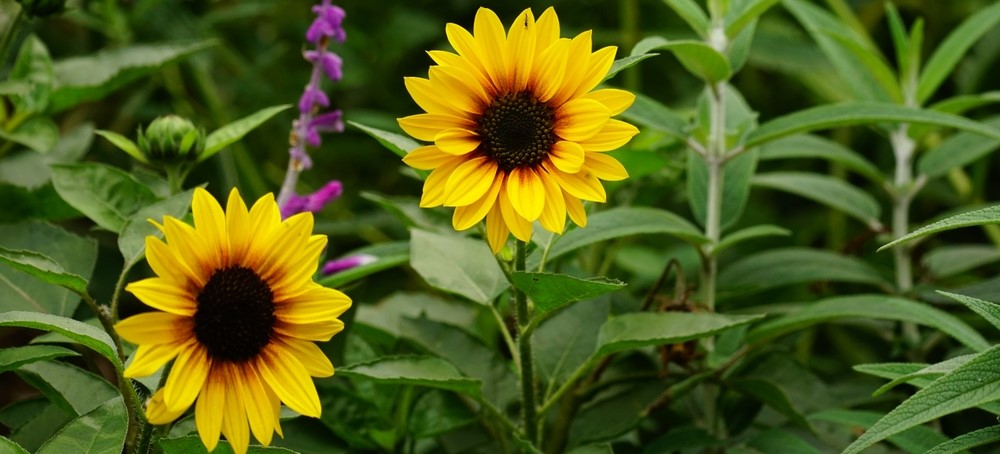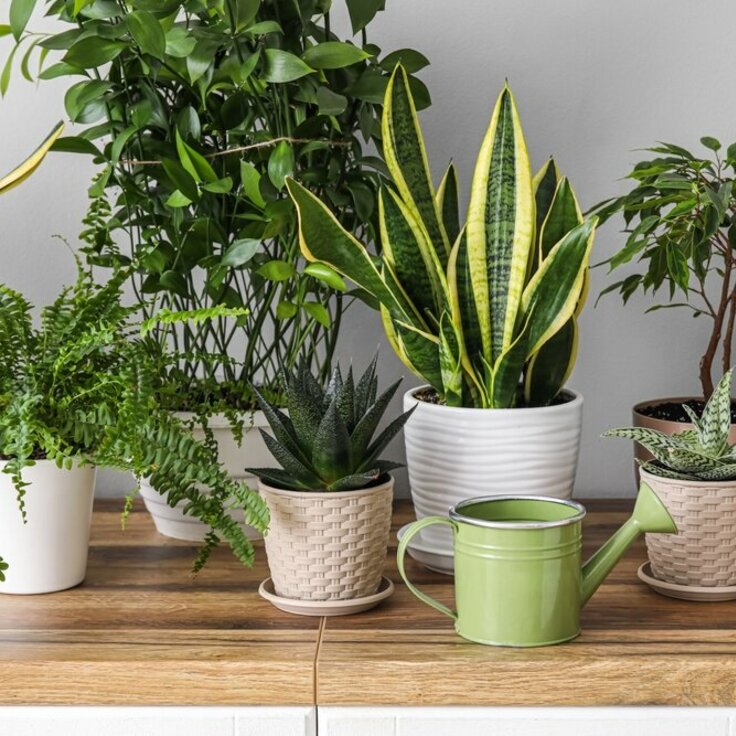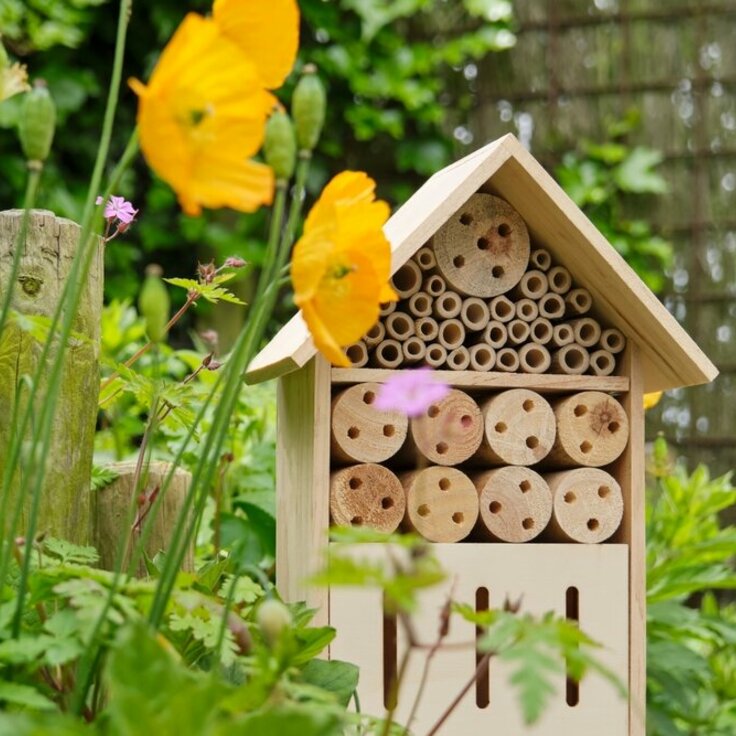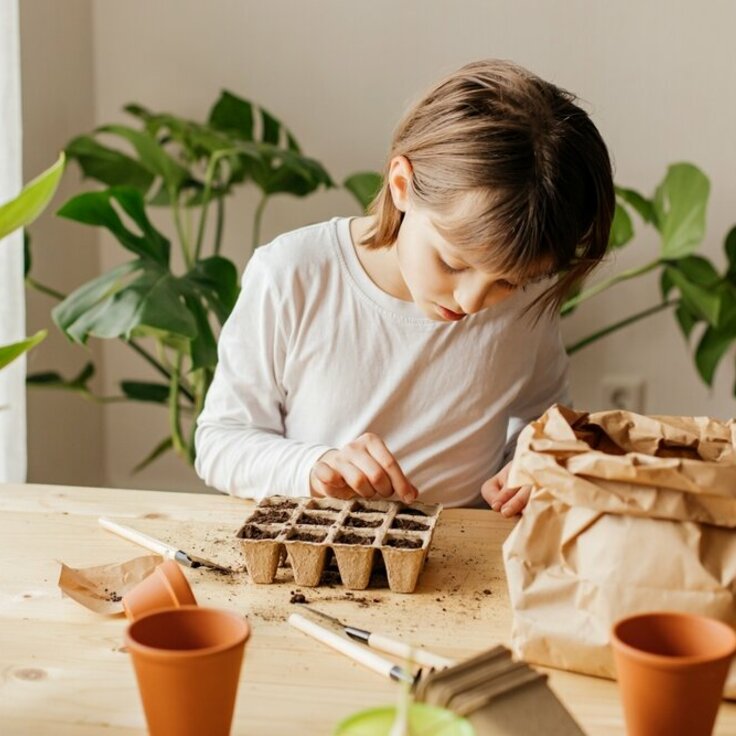Everything About Caring for Sunflowers
The sunflower, known for its striking yellow bloom and impressive height, is a favourite plant in many gardens. Originally from North and South America, the sunflower has gained symbolic meaning over the years, often associated with sunshine, happiness, and loyalty. Caring for this beautiful plant is relatively straightforward, but there are a few key considerations to keep in mind to ensure your sunflower grows and blooms optimally.

Choosing the Right Location
As the name suggests, sunflowers love the sun. For healthy growth, they need at least six to eight hours of direct sunlight per day. Therefore, choose a spot in your garden that receives plenty of sun and is preferably somewhat sheltered from strong winds. Sunflowers can grow quite large, sometimes reaching three meters or more, so make sure they have enough space to grow without overshadowing other plants.
Sowing and Planting
The best time to sow sunflowers is in late spring, once the risk of frost has passed and the ground has warmed sufficiently. Sunflowers can be sown directly into the ground, but they can also be started indoors and transplanted later. Sow the seeds at a depth of about two centimetres and maintain a spacing of at least thirty centimetres to prevent the plants from crowding each other. After sowing, it is important to keep the soil moist until the seedlings appear.
Watering and Feeding
Although sunflowers are fairly resilient, they need regular watering, especially during dry periods. Water them deeply to encourage the roots to grow downwards, contributing to a strong and stable plant. However, make sure the soil is well-draining, as sunflowers do not like wet feet. Additionally, they can benefit from extra feeding. A balanced fertiliser with a higher phosphorus content can help develop strong flowers.
Maintenance and Problems
Sunflowers generally require little maintenance. However, it is advisable to support tall plants with a stake to prevent them from toppling over, especially when in full bloom. Regularly check for pests such as aphids and slugs, which can damage the leaves. If you notice the lower leaves starting to wilt or the flower head beginning to droop, do not be immediately alarmed – this is often a sign that the sunflower is maturing and the seeds are starting to form.
With these tips and a bit of attention, you can enjoy a beautiful sunflower that not only brightens up your garden but also attracts bees and other pollinators. The process from sowing to blooming is a rewarding experience that you can relive every year.








